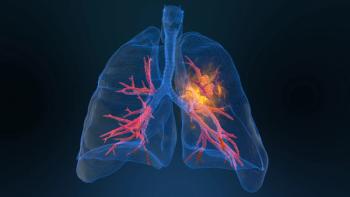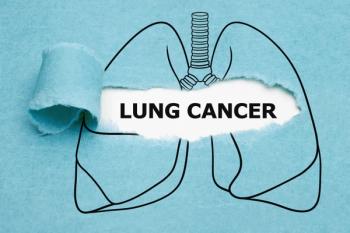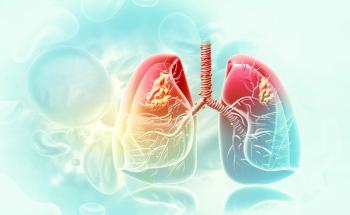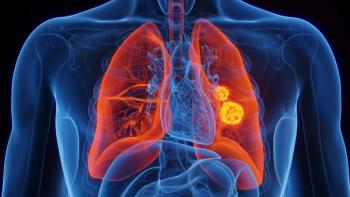
Can Emphasis on Education Increase Lung Cancer Screenings?
Abstracts presented at CHEST 2020 explored possible reasons for low lung cancer screening rates and suggested solutions.
Current
Few Eligible Patients Receive LDCT Screenings
A
Study authors reviewed patient charts from 25 random dates August 1, 2018, to July 31, 2019, using the EPIC electronic medical record system. In the study’s second phase, 25 more dates were chosen to verify results.
For each of those dates, they randomly selected 5 charts for patients aged 55–80, then documented the patients who were eligible for lung cancer screening based on USPSTF guidelines. They cross-referenced those patients with their registry to see how many had undergone lung cancer screening.
In all, 44% of eligible patients who were qualified for LDCT lung cancer screening actually received them (95% CI, 25%-66%). In phase 2, the rate was 36% (95% CI, 20%-55%). And 11% of patients completed annual screenings as the guidelines suggest (95% CI, 3%-33%).
Researchers concluded that although the rates seen in this study were better than the rates commonly reported, the rate of patients receiving yearly screenings was much lower than those who received one-time screenings. Other cancer screenings, like mammograms and colorectal cancer screenings (65.3% and 68.8%, respectively) also see higher rates, they said. They cited physician ignorance of criteria, a need for more patient education, and stigmas associated with screenings to be possible causes.
“Training providers, providing educational materials for patients, and improving documentation of patient smoking history triggering EPIC alerts for qualifying patients would improve LCS rates,” they wrote.
Increasing Screening Referrals at Primary Care Clinics
Another
Noting that past studies have shown the rate of LDCT screening to be about 2%-3%, their goal was to implement measures to improve the rate of screenings by 50% over a 3-month period.
Researchers collected data over a 2-week period and determined a 2.88% baseline rate of LDCT screening at WHCIM. After a multidisciplinary team meeting to come up with an intervention to improve rates, researchers implemented a print-out form given to physicians by medical assistants that reminded them to collect detailed smoking histories. It also included the USPSTF guidelines for screening eligibility.
After the 3-month trial period, doctors recorded a smoking history in 26% of patients, compared with 16% before the reminder was implemented. There was also a rise in the rate of screenings, with 2.88% of patients 55 and older being referred before the intervention and 6% after the print-out reminder.
Before the reminders began, just 42% of patients eligible for screening were referred, whereas 86% of eligible patients were referred once doctors were consistently reminded. Researchers concluded that it is a cost-effective way to improve the rate of screening and that multidisciplinary team involvement can help bridge gaps in holistic patient care.
Overall, simply providing print-out reminders increased smoking history documentation by 62%, and there was a relative increase of 105% in lung cancer screening for patients who met the USPSTF criteria. Researchers look incorporate the clinical reminder into the electronic medical record and implement it across Medstar Health hospitals.
References
1. Neumann M, Keller S, Berman A. Lung cancer screening in a medical clinic in an urban academic medical center. Presented at: CHEST 2020; October 18-21, 2020. Abstract A1471.
2. Kohli A, Bhargava A, Veytsman I. Improving rate of lung cancer screening in primary care clinic. Presented at: CHEST 2020; October 18-21, 2020. Abstract A1460.
Newsletter
Stay ahead of policy, cost, and value—subscribe to AJMC for expert insights at the intersection of clinical care and health economics.







































